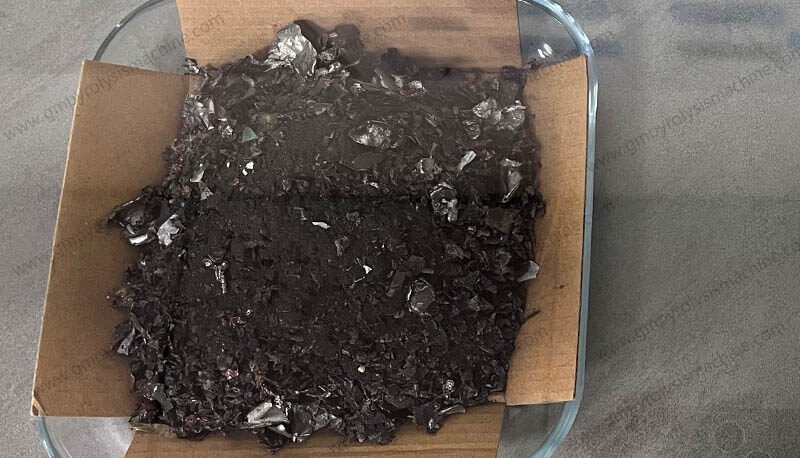As the world increasingly embraces electric vehicles (EVs) and renewable energy storage, the demand for lithium-ion batteries (LIBs) continues to grow. However, this surge in battery usage also raises significant environmental and resource management challenges. The end-of-life disposal and recycling of spent LIBs have become critical issues, prompting researchers and industries to explore innovative solutions. One such promising approach is the carbonization of spent lithium-ion batteries, which not only addresses waste management but also offers a sustainable way to recover valuable materials.
1. The Growing Challenge of Spent Lithium-Ion Batteries
The rapid adoption of EVs and portable electronics has led to a substantial increase in the number of spent LIBs. These batteries contain valuable metals such as lithium, cobalt, nickel, and manganese, along with other materials like graphite and electrolytes. Improper disposal of these batteries can lead to environmental pollution, including soil and water contamination, and the loss of valuable resources. Therefore, effective and sustainable recycling methods are essential to manage the growing volume of spent LIBs.

2. What is Carbonization?
Carbonization is a thermal process that involves heating organic materials in an oxygen-limited environment, typically at temperatures between 400°C and 800°C. This process converts the organic components into a carbon-rich material, often referred to as biochar or activated carbon. When applied to spent LIBs, carbonization can help in the recovery of valuable metals and the production of useful byproducts, such as carbon-based materials.
3. Benefits of Carbonization for Spent LIBs
Material Recovery: Carbonization can effectively separate and recover valuable metals from spent LIBs. The high-temperature process breaks down the battery components, allowing for the extraction of metals through subsequent hydrometallurgical or pyrometallurgical processes.
Production of High-Value Carbon Materials:The carbonization process can produce high-quality carbon materials, such as graphite and activated carbon, which have a wide range of applications, including in energy storage, water purification, and as a raw material for manufacturing new batteries.
Environmental Benefits: By converting waste into valuable products, carbonization reduces the environmental impact of spent LIBs. It minimizes the need for landfilling and incineration, which can release harmful pollutants into the environment.
Energy Efficiency: The carbonization process can be designed to capture and utilize the heat generated during the process, making it more energy-efficient and cost-effective compared to traditional recycling methods.
4. Economic Viability and Market Opportunities
The carbonization of spent LIBs not only addresses environmental concerns but also presents significant economic opportunities. The recovered metals and carbon materials can be sold as raw materials for various industries, creating a circular economy. Moreover, the production of high-value carbon materials can open up new markets, such as advanced energy storage, water treatment, and specialty chemicals.
Market Demand for Recycled Materials: There is a growing demand for recycled materials, driven by sustainability goals and regulatory requirements. Companies that adopt carbonization for spent LIBs can tap into this market, providing a competitive advantage.
Cost Reduction and Revenue Generation: By recovering and reusing valuable materials, companies can reduce their raw material costs and generate additional revenue from the sale of recycled products. This can make the recycling process economically viable and attractive to investors.




